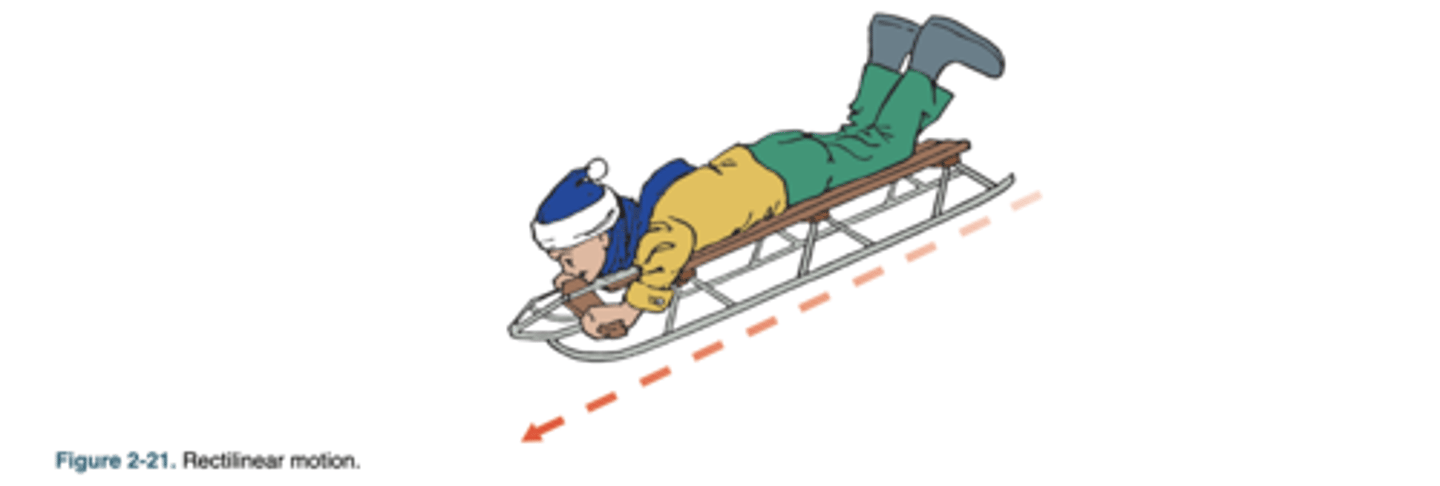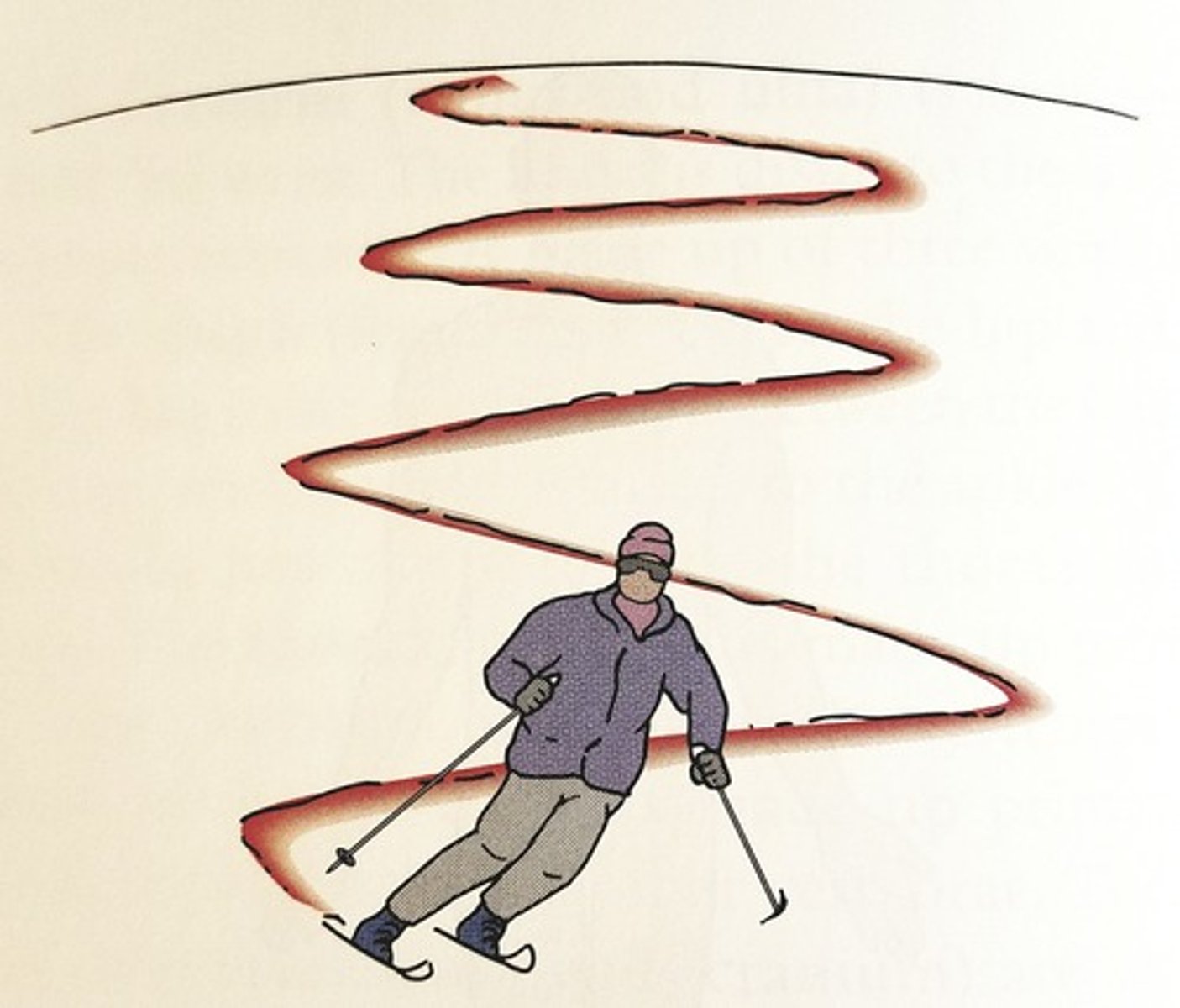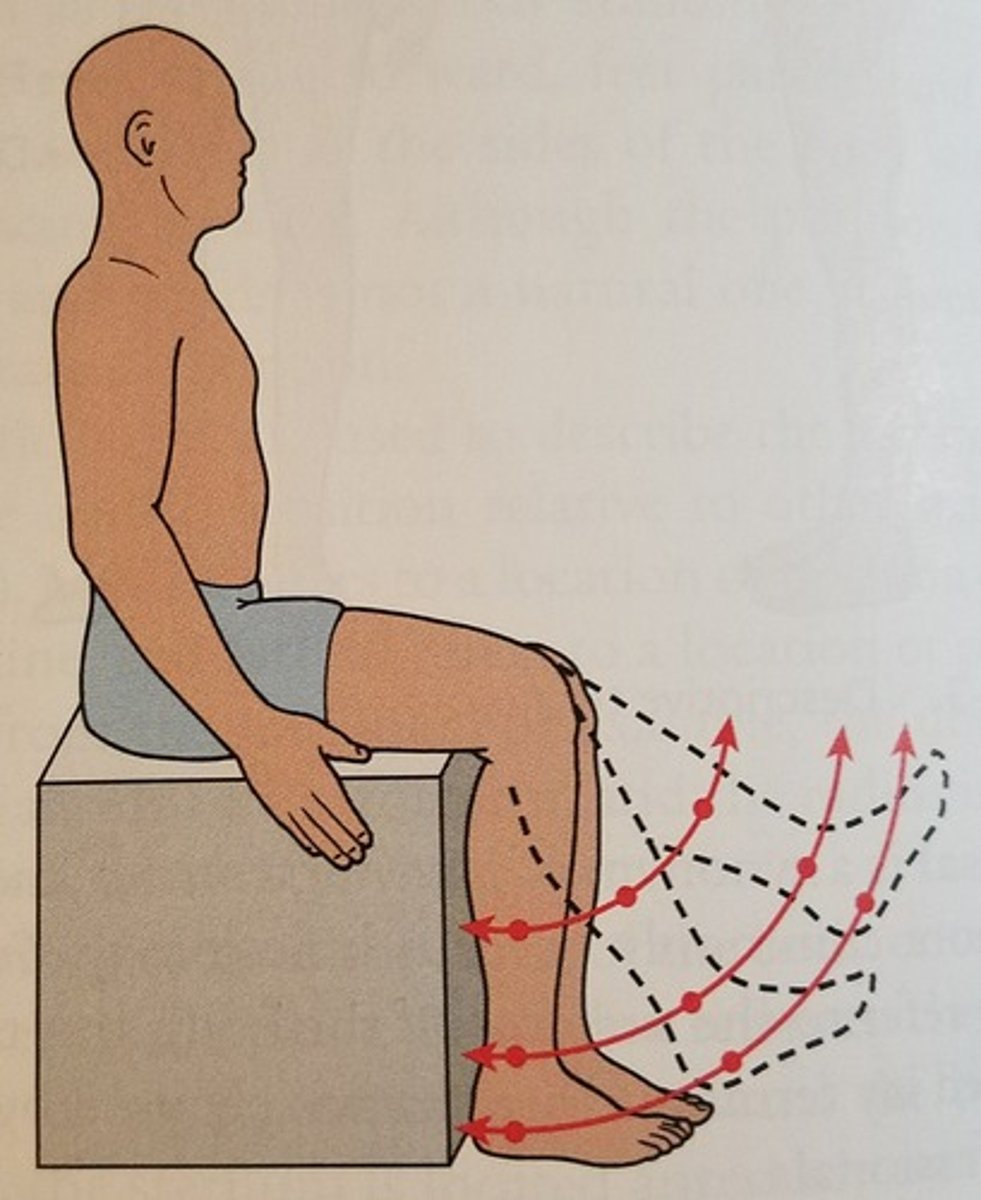Types of Motion & Simple Machines in Biomechanics and Therapy
1/10
There's no tags or description
Looks like no tags are added yet.
Name | Mastery | Learn | Test | Matching | Spaced |
|---|
No study sessions yet.
11 Terms
linear motion (translatory motion)
It occurs when all parts of an object move the same distance, in the same direction, and at the same time (e.g., child sledding down a hill).

curvilinear motion
Movement occurring in a curved path that is not circular (e.g., skier coming down a slope).

angular (rotary) motion
Movement around a fixed point (axis), where all parts of the object move through the same angle, in the same direction, and at the same time, but not the same distance (e.g., knee flexion/extension).

simple machines
Tools that change the magnitude or direction of force required to lift or move a load. Examples include levers, pulleys, and inclined planes.
mechanical advantage
The relationship between force expended and load moved, measuring the effectiveness of a machine.
distance effect on force in simple machines
Increasing the distance over which force is applied reduces the force needed; decreasing the distance increases the required force.
linear motion in physical therapy
Pushing a wheelchair or a patient walking in a straight path demonstrates
curvilinear motion in clinical application
Movements such as throwing a ball or guiding a patient through an arcing arm exercise follow a curvilinear path.
angular motion in rehabilitation
Joint range of motion exercises (e.g., elbow flexion/extension) are angular motions around the joint axis.
mechanical advantage with levers
By adjusting hand placement during manual resistance exercises, therapists can increase or decrease the mechanical advantage to safely grade the patient's effort.
importance of force and distance relationships in therapy
It helps therapists modify exercises to reduce patient strain, improve efficiency, and prevent injury (e.g., moving resistance further from a joint increases effort required).